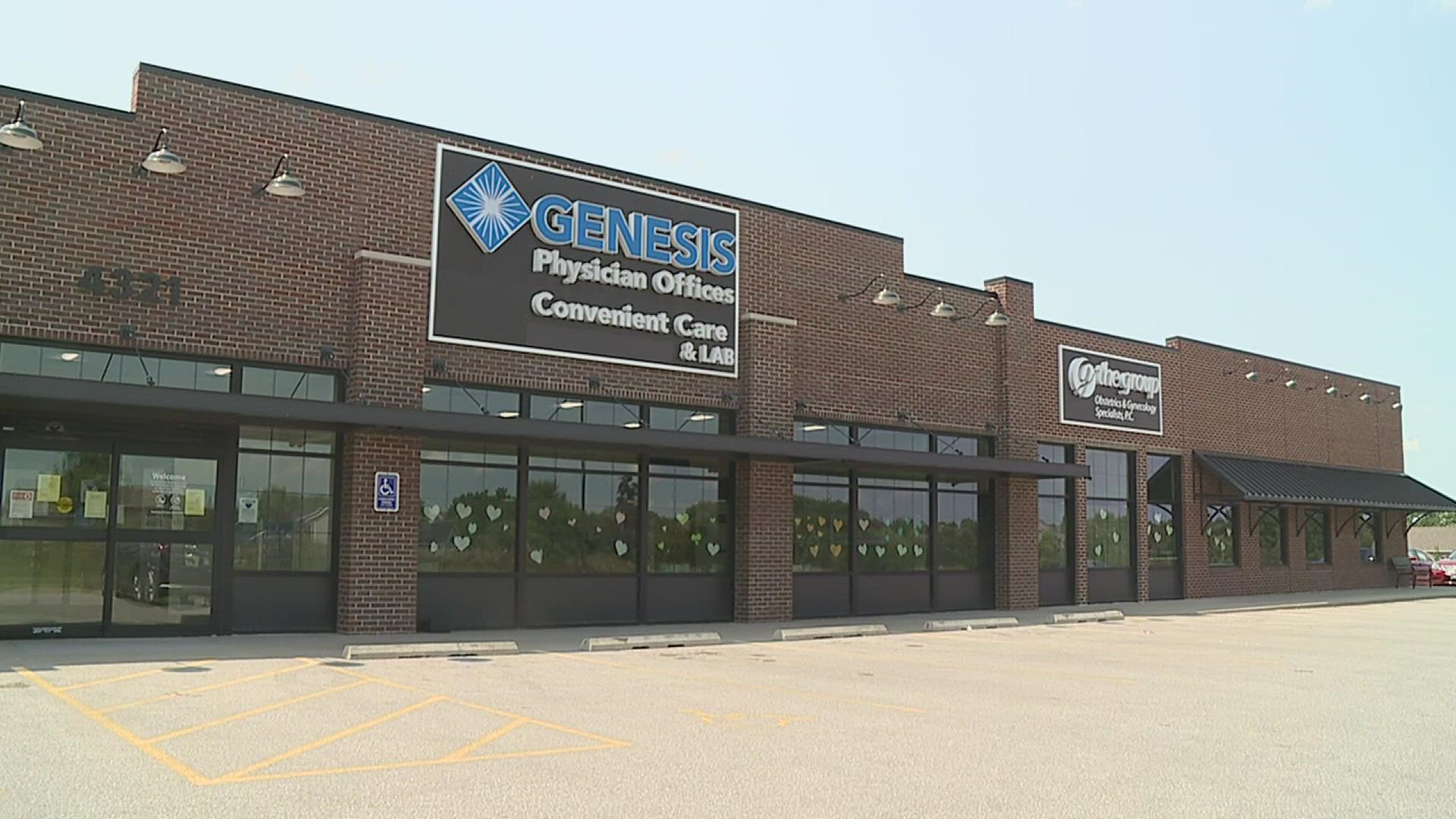MOLINE, Ill. — Despite spending the past two years juggling an influx of patients, hospital systems are still figuring out how to make everything work as efficiently as possible.
Doctor Michael Persson works as a family physician for Genesis Health. He's also a chair member of the health systems board for safety and operations.
"COVID is not done, it surely is not," says Persson, "We still have to be extremely vigilant."
He says despite the fact that a lot of aspects of life appear to be reverting back to normal, the virus is still here, and overwhelming hospitals locally.
"It really hasn't gone away. So yeah, it is a concerning trend," says Persson.
Both Illinois and Iowa are seeing cases begin to trend upward again. In Illinois cases have been rising since October 29th. At that date the average positive test rate sat at 2.1%. As of November 16th it sits at 3.0%.
Across the river in Iowa, things look similar. The average positive test rate has been rising since October 31st when that number sat at 11%. It's up now to 12.7% as of November 16th.
"Really since the summer when we saw a pretty large delta surge, our hospitalization rate came down some, but it stayed pretty consistent," says Persson, "And we're consistently, probably every other day, we're either stabilized or transferring our ICU patients because we're at capacity."
Doctor Persson says there are ways to ensure you're receiving care as quick as possible for your set of symptoms.
"If you're having a fever, cough, sore throat, low grade fever, etc." says Persson, "The first step always should be call your doctor."
If you don't have a primary care doctor, he recommends getting one. But if you need care right then, your next best step is to go to a convenient care, or an urgent care.
"They have walk-in service, so that'd be the first place to go," says Persson.
If you feel that your symptoms are more severe, that is when you should go to the ER.
"That's really short breath, having chest discomfort, can't catch your breath, you're not holding down food or drink," says Persson.
That should be your last option for mild symptoms because of the way ER's work. Those with the most severe symptoms will receive care first.
"If you have somebody who has a low grade fever and is clinically stable at that point, who are you going to evaluate first?" says Persson, "Clearly you're going to evaluate those trauma patients and address those first. You'll still get to that patient who has a fever and respiratory symptoms, but they're going to be honestly on the back burner."
The difference with a convenient care or urgent care facility is that patients are served on a first come first serve basis. Doctor Persson saying that is your best bet to be treated as quick as possible while helping to keep the emergency rooms from filling up.

